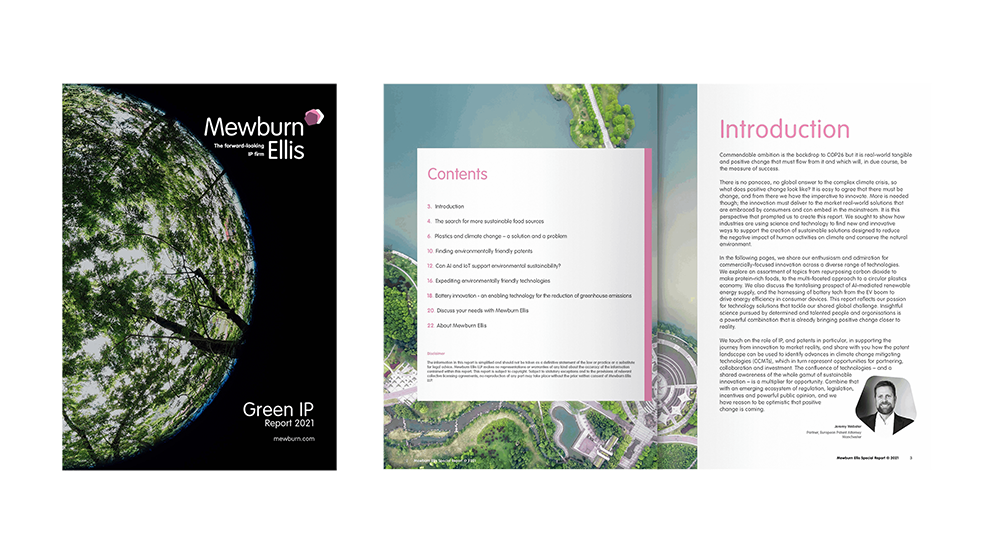Following their invention at the start of the last century, synthetic polymers have established themselves as the most versatile and adaptable material of the modern era. Our appetite for them is insatiable, with over 300 million tons of synthetic polymers produced each year. Despite this ubiquity, polymers continue to be stretched in all directions, with innovations leading to new practical applications and higher performance levels.
In addition to innovations in polymer compounds themselves, many of the most interesting and exciting new developments see polymers being used in composite materials. In such materials the polymer acts as a matrix for a filler material, with the combination leading to improvements in properties such as strength, wear-resistance, and electrical or thermal conductivity. These materials have already found widespread use in a number of high-end applications, for example in the aerospace industry, and it is hoped and expected that innovations will allow their spread into more everyday use in the future.
A trend cutting across the entire polymer field at the moment is the push towards more environmentally-friendly technology, considering not only what a polymer can do for us now, but the “before” and “after” – the so-called Circular Economy, a topic we've discussed in our recent blogs Circular Economy: The solution to plastic pollution? and Circular Economy: New technologies rise to the challenge. Society’s focus on this issue is providing a growing commercial incentive for innovators to develop new bioplastics (sourced from biomass, instead of petroleum), and new solutions that do not pollute the environment after use, either through being recycled into new products or broken down through, for example, biodegradation.















